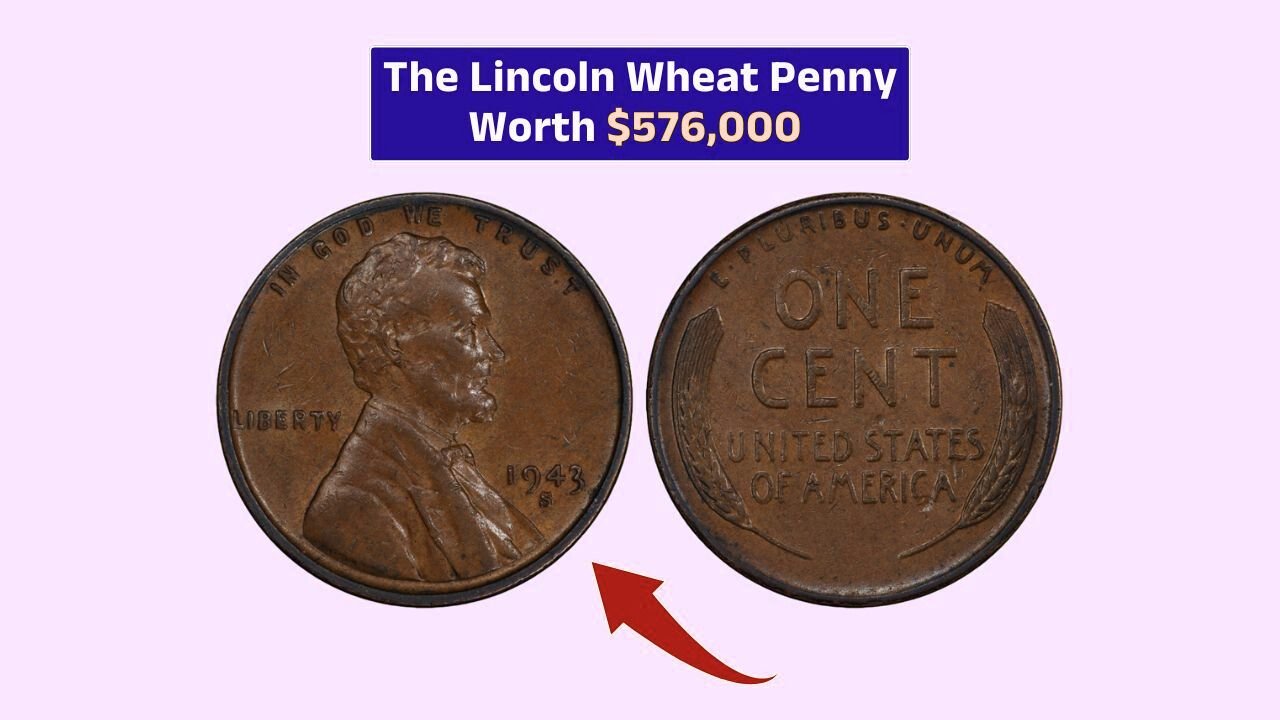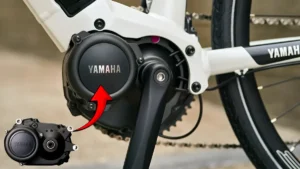Most of us don’t think twice before dropping pennies into jars, wallets, or piggy banks. But what if one of those pennies was secretly worth a fortune? That’s the case with a rare version of the 1943 Lincoln Wheat Penny, which once sold for an incredible $576,000 at auction.
Even more fascinating — one of these rare coins could still be sitting unnoticed in everyday circulation.
A Brief History of the Lincoln Wheat Penny
The Lincoln Wheat Penny was introduced in 1909 to celebrate the 100th birthday of President Abraham Lincoln. It was the first U.S. coin to feature a real person, which made it a historic release.
- Front (Obverse): Lincoln’s profile
- Back (Reverse): Two wheat stalks along the edges, giving it the nickname “Wheat Penny”
Minted from 1909 to 1958, most Wheat Pennies are still common and worth only a few cents. But a few rare errors and unusual variations are now considered treasures among collectors.
Why the 1943 Bronze Penny Is So Valuable
So what makes this penny worth over half a million dollars? It all comes down to a wartime minting mistake.
In 1943, during World War II, copper was in high demand for weapons and ammunition. To save copper, the U.S. Mint produced pennies made of zinc-coated steel instead of bronze.
But a few leftover bronze planchets from 1942 were accidentally struck with the 1943 date and released into circulation. These rare “error coins” are now among the most valuable pennies in U.S. history.
How to Spot a Rare 1943 Bronze Lincoln Penny
Think you might have one of these pennies? Here are the key things to check:
| Feature | What to Look For |
|---|---|
| Year | 1943 |
| Color | Bronze (reddish-brown), not silver |
| Magnet Test | Steel coins stick to magnets; bronze doesn’t |
| Mint Mark | Look for “D” (Denver) or “S” (San Francisco) under the year |
| Condition | Higher grade = higher value |
👉 Important Tip: Never clean your coin. Cleaning can reduce its value significantly.
What to Do If You Think You Have One
- Do not clean it – leave it in its original condition.
- Store it carefully – use a coin holder or soft pouch.
- Get it authenticated – certified grading companies like PCGS (Professional Coin Grading Service) or NGC (Numismatic Guaranty Corporation) can confirm authenticity.
- Consider selling at auction – houses like Heritage Auctions or Stack’s Bowers attract serious collectors willing to pay top dollar.
Could One Still Be in Circulation?
Surprisingly, yes. Rare Wheat Pennies have been discovered in:
- Old piggy banks
- Inherited coin collections
- Spare change at home
- Everyday transactions at shops
That means it’s entirely possible that someone could stumble across this little piece of history without even realizing it.
The Value of Other Rare Lincoln Wheat Pennies
While the 1943 bronze penny is the star, other Wheat Pennies can also fetch impressive prices:
- 1914-D Wheat Penny – worth up to $120,000
- 1955 Doubled Die Wheat Penny – valued at around $50,000
So it’s not just the 1943 bronze — several other Lincoln Wheat Pennies are considered valuable collector’s items.
Final Thoughts
The 1943 bronze Lincoln Wheat Penny is proof that even the smallest, most ordinary object can carry extraordinary value. Next time you go through your spare change, take a second look. You might just be holding a tiny piece of history worth hundreds of thousands of dollars.
FAQs
How much is a 1943 bronze Lincoln Wheat Penny worth?
One sold for $576,000, and values can vary depending on condition.
How do I test if my 1943 penny is bronze?
Do the magnet test — steel sticks, bronze doesn’t.
Where can I sell a rare penny?
Through certified coin dealers, grading services, or major auction houses.
Should I clean my old penny before selling?
No. Cleaning lowers the coin’s collector value.
Are Wheat Pennies still in circulation?
Yes, some rare ones could still appear in everyday change.



